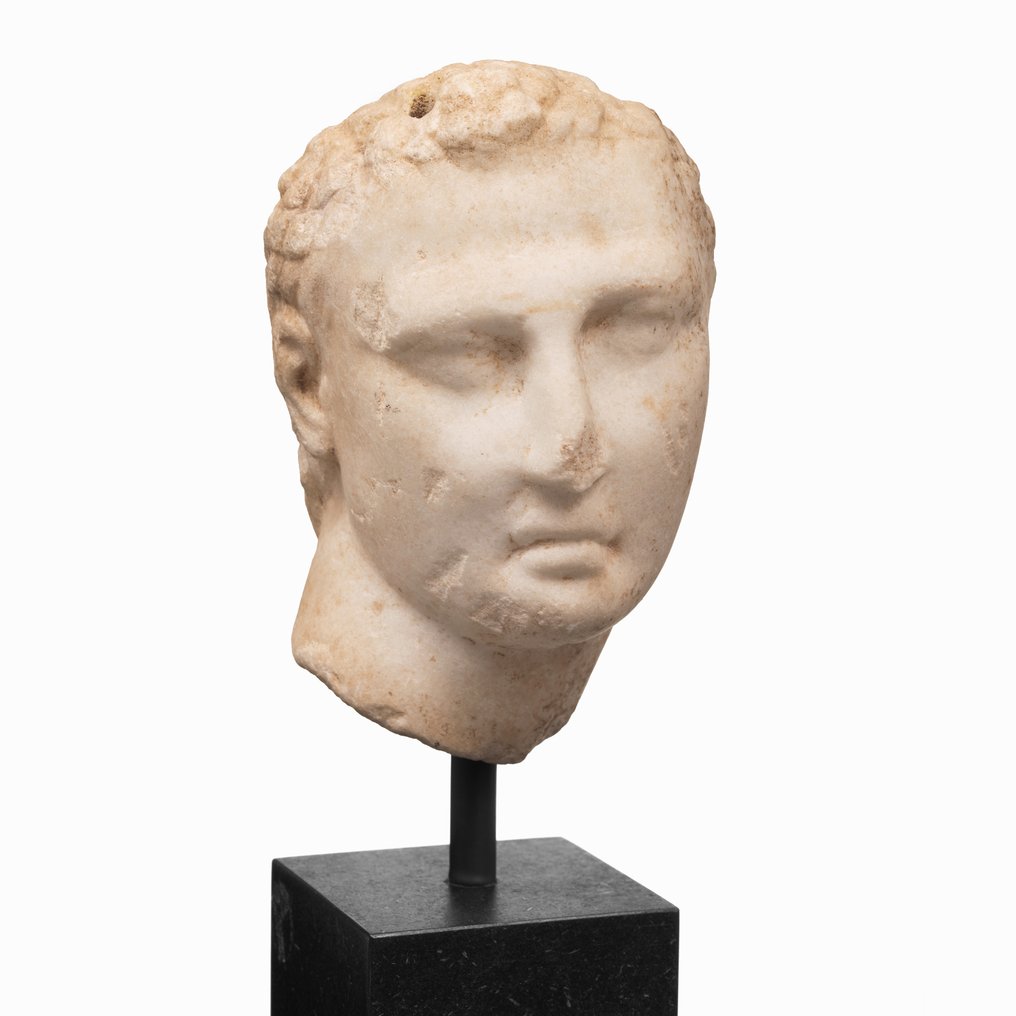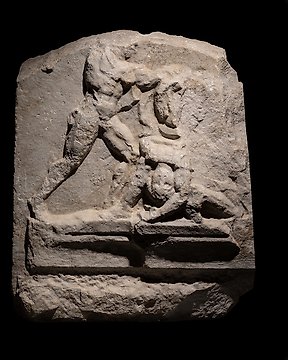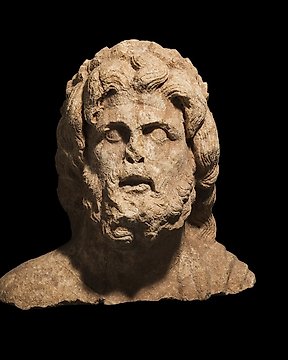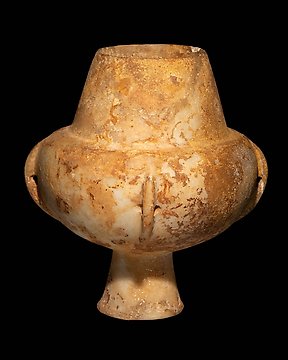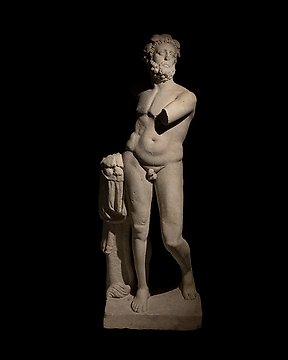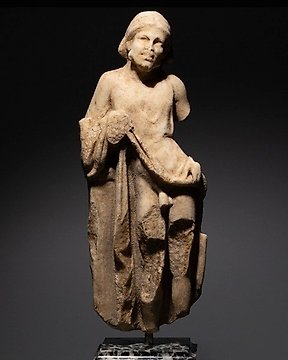Αποποίηση ευθυνών
Ο πωλητής εγγυάται και μπορεί να αποδείξει ότι το αντικείμενο αποκτήθηκε νόμιμα. Ο πωλητής ενημερώθηκε από την Catawiki ότι έπρεπε να παράσχει τα δικαιολογητικά που απαιτούνται από τους νόμους και τους κανονισμούς στη χώρα διαμονής τους. Ο πωλητής εγγυάται και δικαιούται να πουλήσει/εξάγει αυτό το αντικείμενο. Ο πωλητής θα παρέχει στον αγοραστή όλες τις πληροφορίες προέλευσης που είναι γνωστές για το αντικείμενο. Ο πωλητής διασφαλίζει ότι οποιεσδήποτε απαραίτητες άδειες έχουν ήδη κανονιστεί /θα κανονιστεί. Ο πωλητής θα ενημερώσει αμέσως τον αγοραστή για τυχόν καθυστερήσεις στην απόκτηση τέτοιων αδειών.
Ο πωλητής εγγυάται και μπορεί να αποδείξει ότι το αντικείμενο αποκτήθηκε νόμιμα. Ο πωλητής ενημερώθηκε από την Catawiki ότι έπρεπε να παράσχει τα δικαιολογητικά που απαιτούνται από τους νόμους και τους κανονισμούς στη χώρα διαμονής τους. Ο πωλητής εγγυάται και δικαιούται να πουλήσει/εξάγει αυτό το αντικείμενο. Ο πωλητής θα παρέχει στον αγοραστή όλες τις πληροφορίες προέλευσης που είναι γνωστές για το αντικείμενο. Ο πωλητής διασφαλίζει ότι οποιεσδήποτε απαραίτητες άδειες έχουν ήδη κανονιστεί /θα κανονιστεί. Ο πωλητής θα ενημερώσει αμέσως τον αγοραστή για τυχόν καθυστερήσεις στην απόκτηση τέτοιων αδειών.


